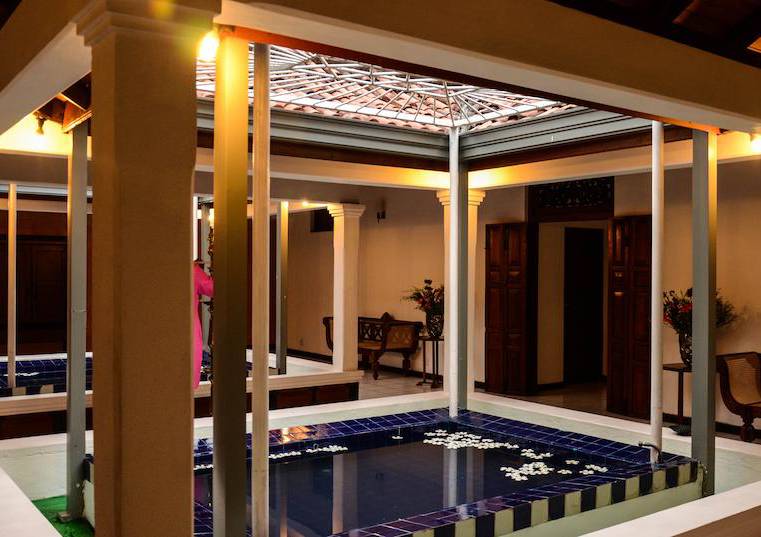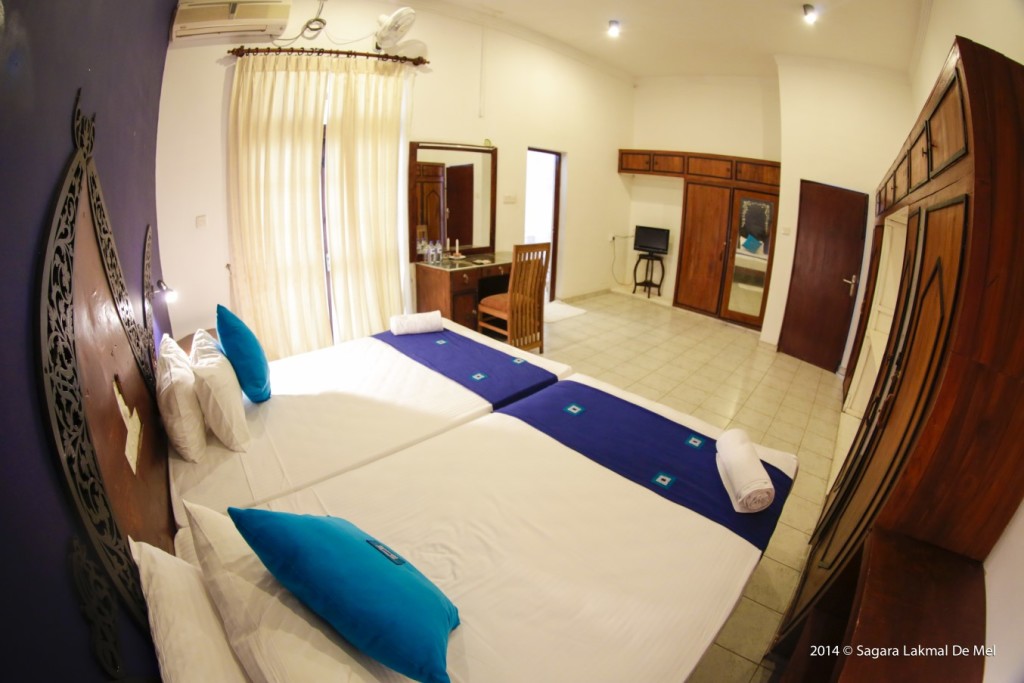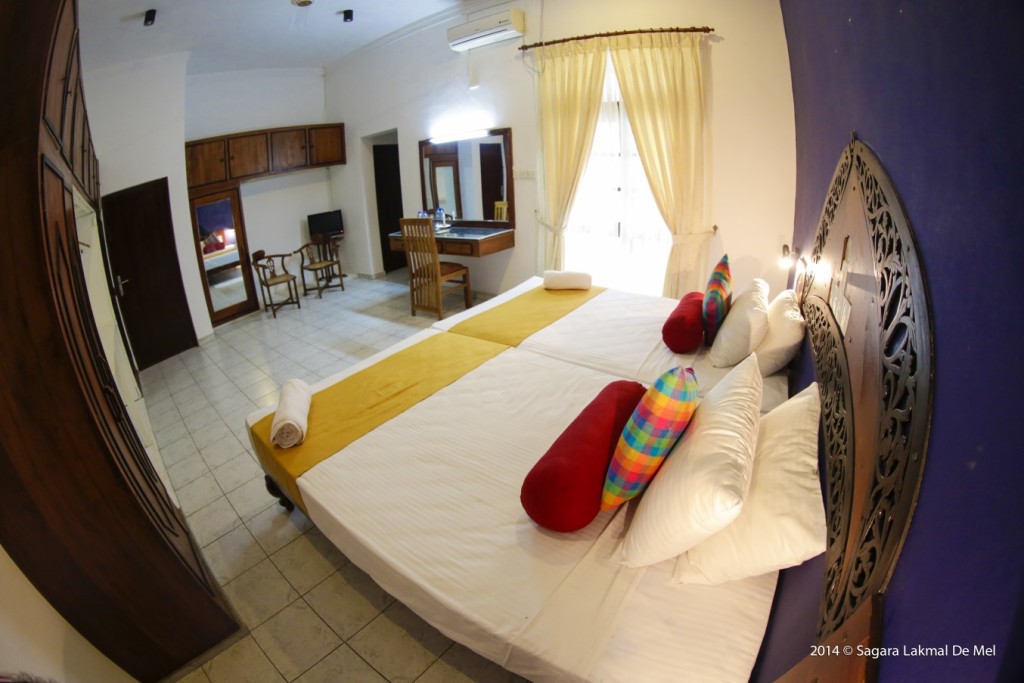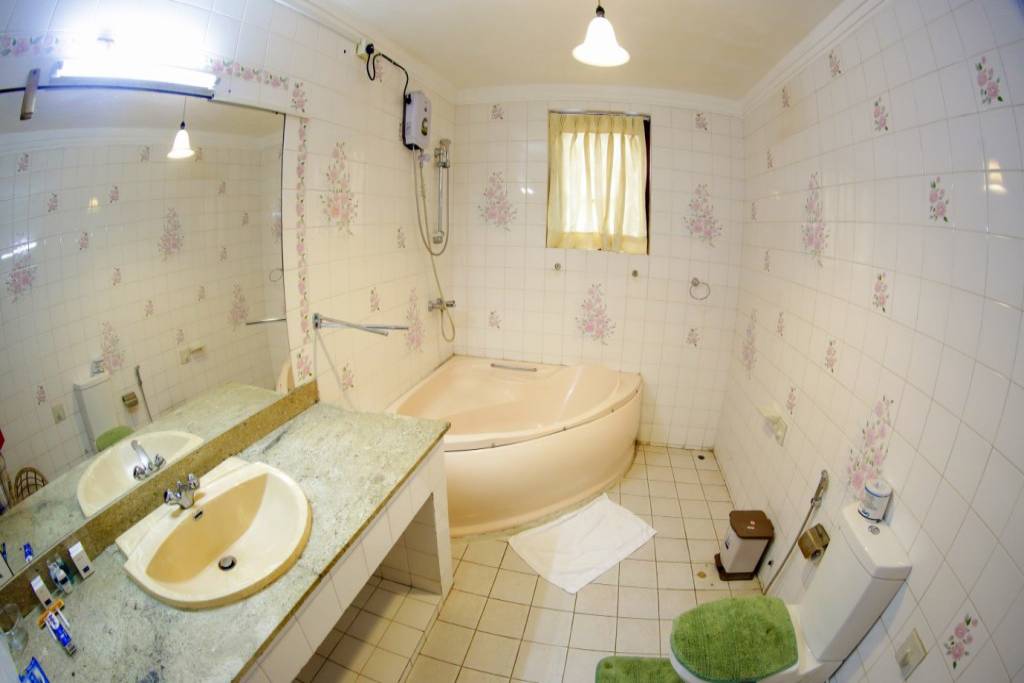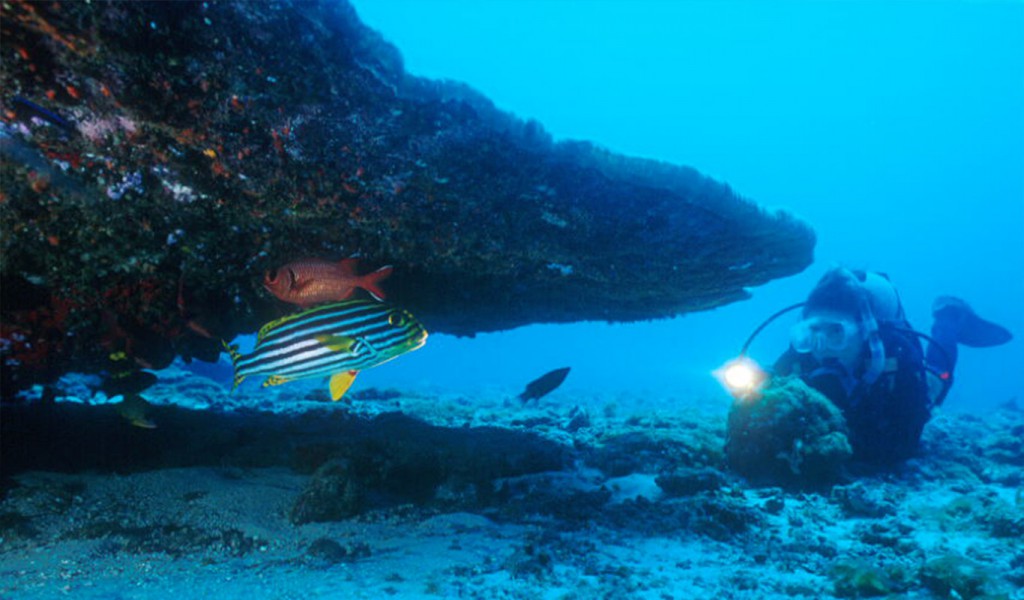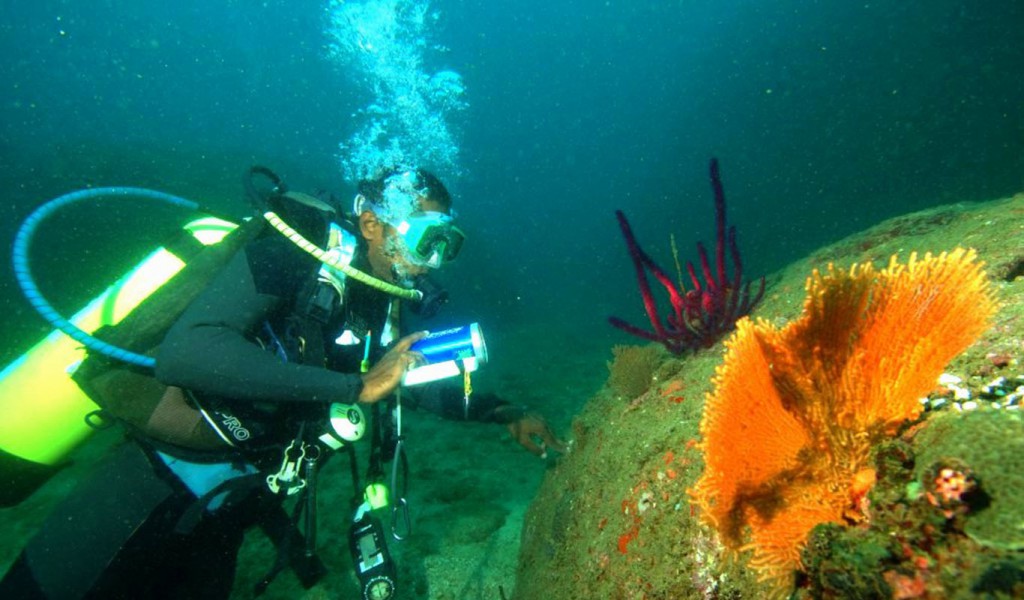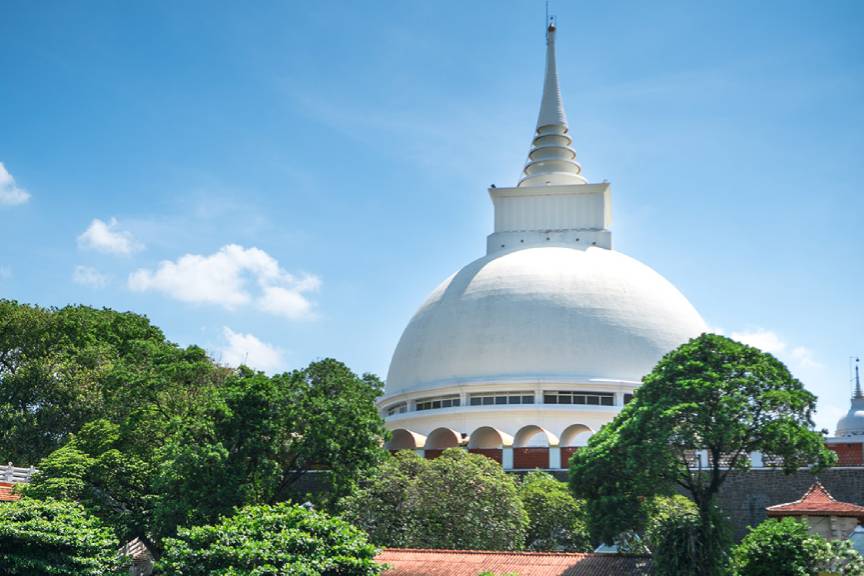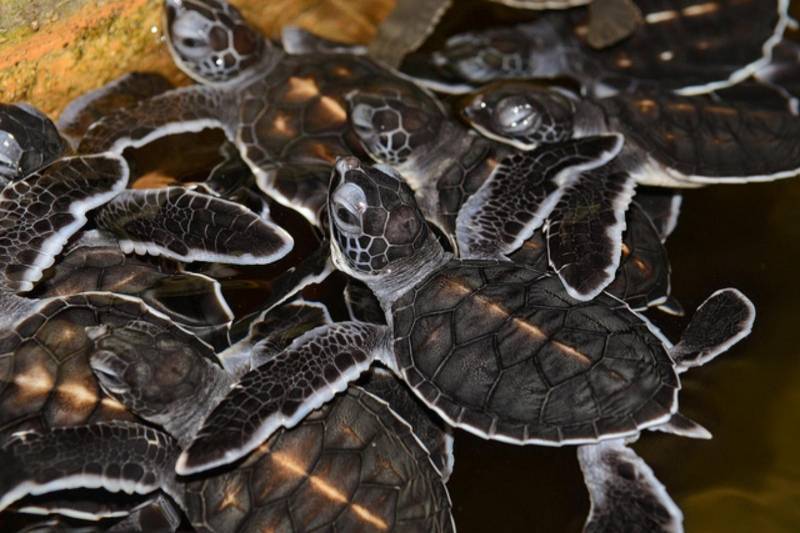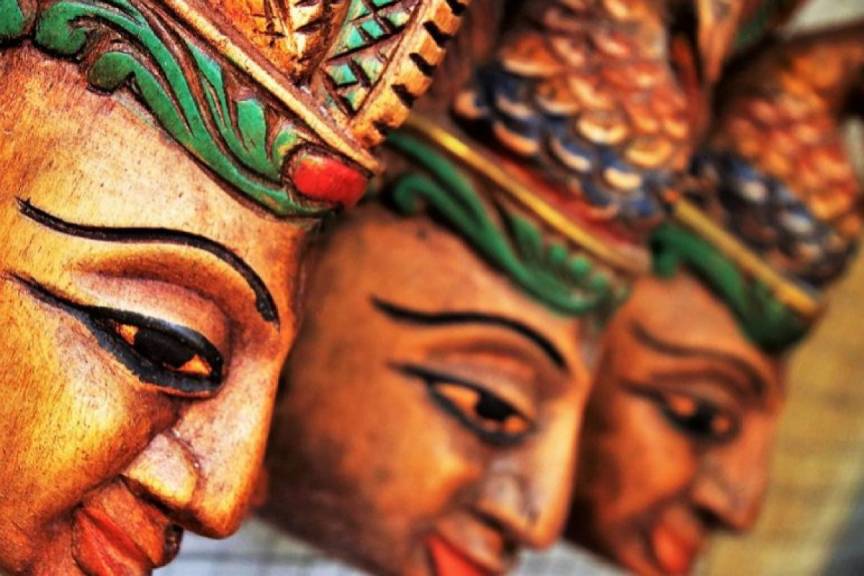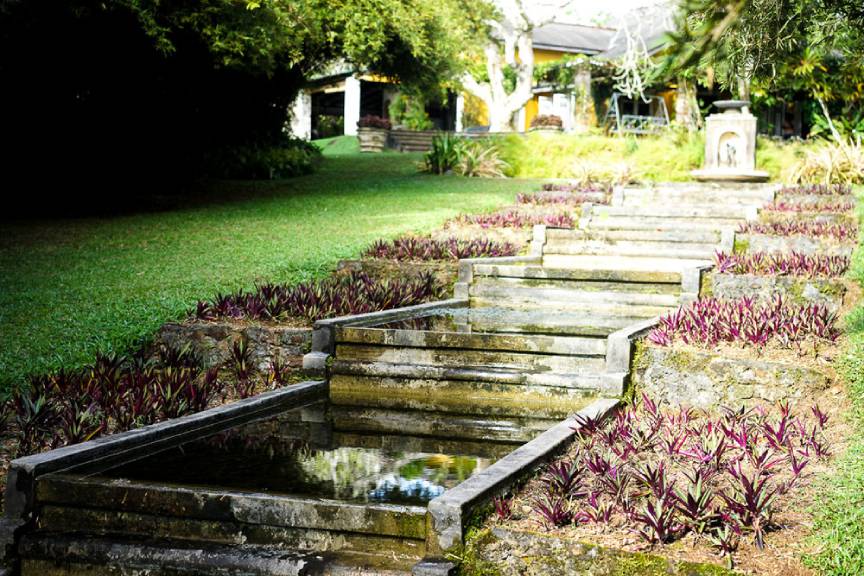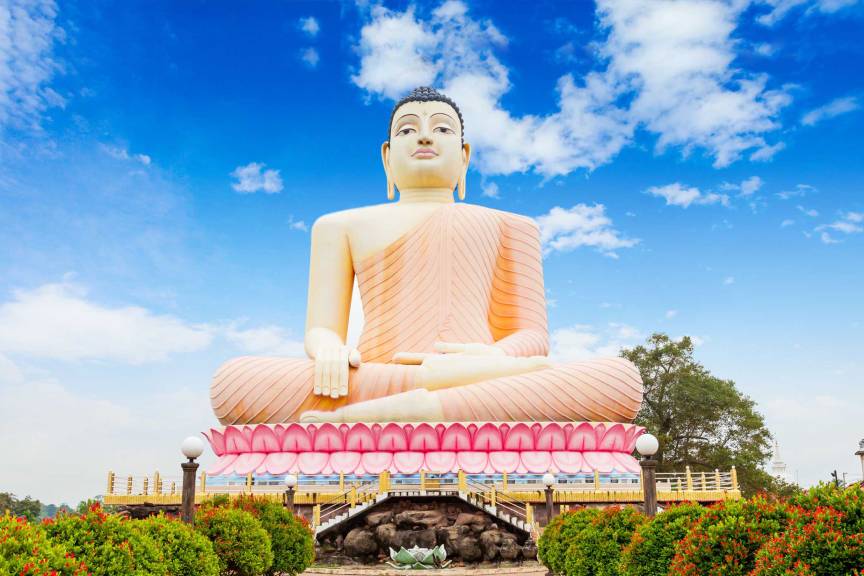Riverside Aluthgama
Rural Hideaway tucked in a picturesque village
Boarding the Bentota River is a country hotel with 11 rooms. New access is via the Colombo –Galle highway turning off at the Welipenna Exchange. Just 2 km from Galle road at Aluthgama, Riverside is the calmest of retreats to enjoy a quite get away.
All rooms are equipped with individually controlled A/C, LED TV and attached bathrooms. The restaurant serves the best of Sri Lankan and Western cuisine. Guests also have the opportunity to enjoy the water sports Centre activities at Marina Bentota. A boat ride upstream Bentota river exploring the beautiful country side is not to be missed.
Riverside Aluthgama
Lodging
STANDARD ROOM

TV

Restaurant

Fan

Attached Bathroom
Bathroom Amenities

Hot and Cold Water

Room Service

Telephone

Tea/Coffee making

Independently Controlled Air Conditioning

Shower Cubical

Extra Bed / Cot

Electric Power
220 to 240V
Riverside Aluthgama
Water Sports
Riverside Aluthgama
Diving
Riverside Aluthgama
Excursions
Kalutara Temple
Kalutara………….. is now the centre of the thriving local basket ware industry. A bustling market town and the junction for travellers journeying inland to such cities as Ratnapura and the Sinharaja Rain Forest, along the side of the road stalls of brushes, brooms and baskets hang out in the sun vying for passing trade.
At the southern end Kalutara lies striking 3 stories-high Kalutara Vihara, or known as Gangatilaka Vihara, a Buddhist temple built in the 1960s which holds the distinction of being the only Stupa in the world that is hollow. passers by are encouraged to stop and make a donation in one of the yellow offerings boxes that line the busy highway.
At the southern end Kalutara lies striking 3 stories-high Kalutara Vihara, or known as Gangatilaka Vihara, a Buddhist temple built in the 1960s which holds the distinction of being the only Stupa in the world that is hollow. passers by are encouraged to stop and make a donation in one of the yellow offerings boxes that line the busy highway.
Turtle Farm - Kosgoda
Turtle Hatchery at Kosgoda to see the efforts that are being made by the local community to preserve these highly endangered reptiles of five species out of a possible 8 regularly visit Sri Lanka, and try releasing hatchling to the sea.
Mask Factory
This museum is designed to introduce into the richness of the mask tradition of Ambalangoda and to strengthen this cultural heritage. The museum, the workshop and the small library (containing all available anthropological literature on masks performances) may serve as a centre for traditional arts and crafts and for research as well.
Galle
Galle is a major city in Sri Lanka, situated on the southwestern tip of Sri Lanka, 119 km from Colombo. Galle is the administrative capital of Southern Province, Sri Lanka and is the district capital of Galle District. Galle is the fourth largest city in Sri Lanka after the capital Colombo, Kandy and Jaffna.
Galle was known as Gimhathiththa (although Ibn Batuta in the 14th century refers to it as Qali) before the arrival of the Portuguese in the 16th century, when it was the main port on the island. Galle reached the height of its development in the 18th century, during the Dutch colonial period. Galle is the best example of a fortified city built by the Portuguese in South and Southeast Asia, showing the interaction between Portuguese architectural styles and native traditions. The city was extensively fortified by the Dutch during the 17th century from 1649 onwards. The Galle fort is a world heritage site and is the largest remaining fortress in Asia built by European occupiers.
Galle was known as Gimhathiththa (although Ibn Batuta in the 14th century refers to it as Qali) before the arrival of the Portuguese in the 16th century, when it was the main port on the island. Galle reached the height of its development in the 18th century, during the Dutch colonial period. Galle is the best example of a fortified city built by the Portuguese in South and Southeast Asia, showing the interaction between Portuguese architectural styles and native traditions. The city was extensively fortified by the Dutch during the 17th century from 1649 onwards. The Galle fort is a world heritage site and is the largest remaining fortress in Asia built by European occupiers.
Brief Garden
Ten kilometers inland from Bentota is the Brief Garden. A barely controlled riot of a garden out of The Jungle Book , the grounds are a lovely place to get lost. The house, which used to be the home of Bevis Bawa, brother of renowned architect Geoffrey Bawa, has an eclectic range of artwork on display – from homoerotic sculpture to a wonderful mural of Sri Lanka life in the style of Marc Chagal.
Buddhist Temple - Kandevihara
Kande Viharaya of Atulgambadde in Kalutara District is a perfect place of worship complete with all the essential components of a Buddhist temple and receives veneration of people both home and abroad. This sacred place was founded by Venerable Karapagala Dewamitta Thero in about 1734 on the advice of Venerable Udugama Chandrasara Thero, Chief incumbent of Raja Maha Vihara Galapatha and a pupil of Venerable Welivita Saranankara Sangha Raja. Subsequently Kande Vihara has taken the path of prograss under the leadership of seven Maha Theros among whom Venerable Pothuwila Sri Saranatissa Thero rendered significant services. At present the Vihara renders invaluable services to the public under the chief incumbency of Venerable Batuwanhene Buddharakkhita Thero, the chief Sangha Nayake of Kalutara District and Bentara Walallawita korale
This historical Khettarama Kande Vihare has enriched its importance with the presence of the Stupa, Bo Tree, Relic Chamber, Image House, Sri Vishnu Maha Devala and the four Maha Devalas including Kataragama Devale. Outside the vihara premises, the ancient Bo Tree, Sri Saranatissa Memorial Dhamma Hall and the Poya See-ma meant for Vinaya Kamma are situated.
This historical Khettarama Kande Vihare has enriched its importance with the presence of the Stupa, Bo Tree, Relic Chamber, Image House, Sri Vishnu Maha Devala and the four Maha Devalas including Kataragama Devale. Outside the vihara premises, the ancient Bo Tree, Sri Saranatissa Memorial Dhamma Hall and the Poya See-ma meant for Vinaya Kamma are situated.

